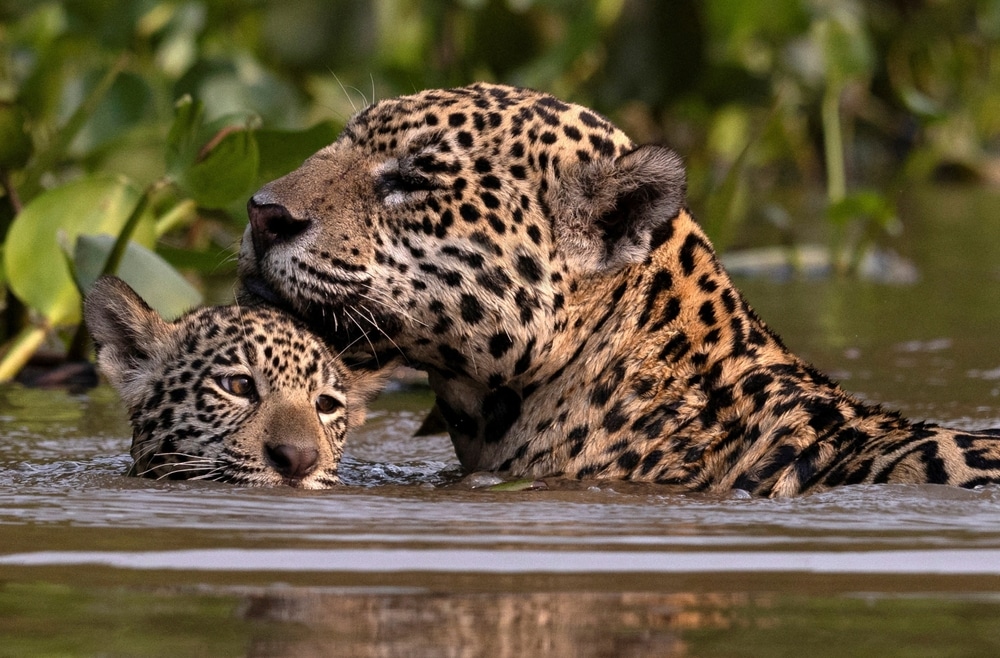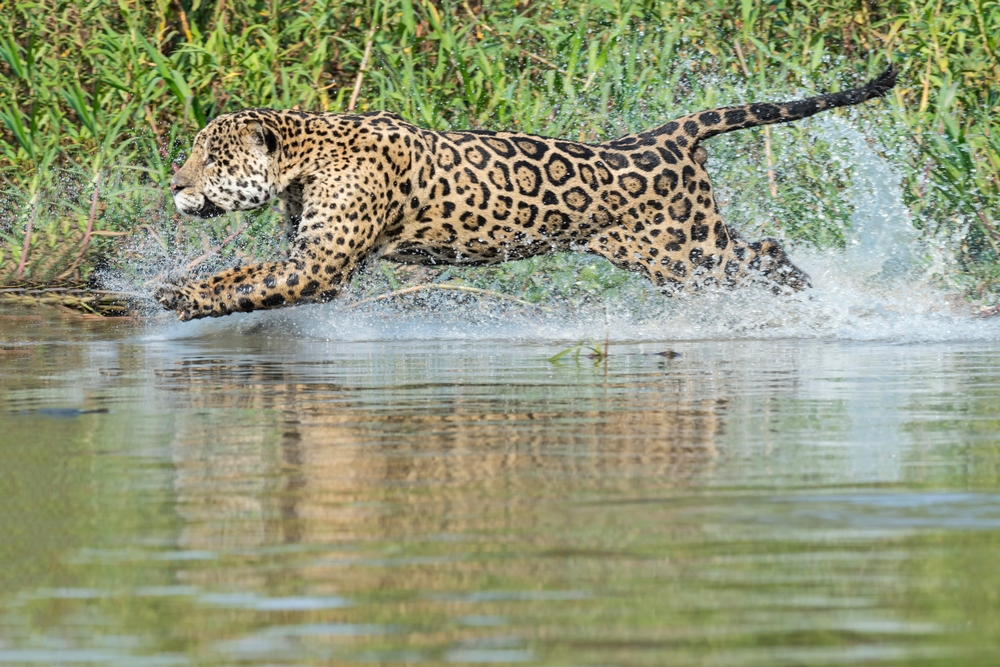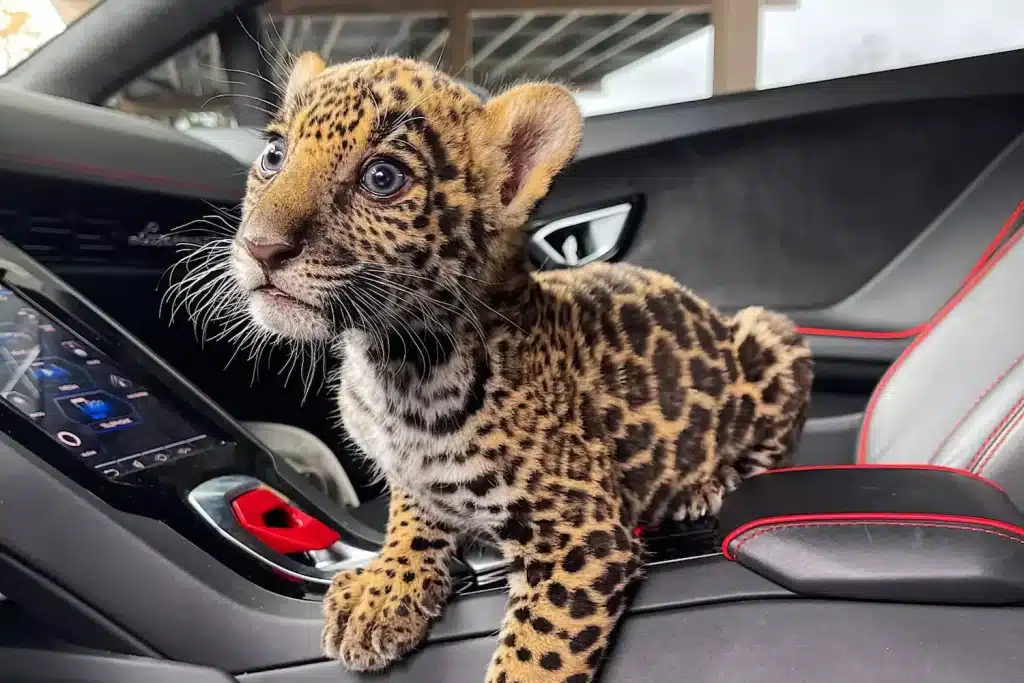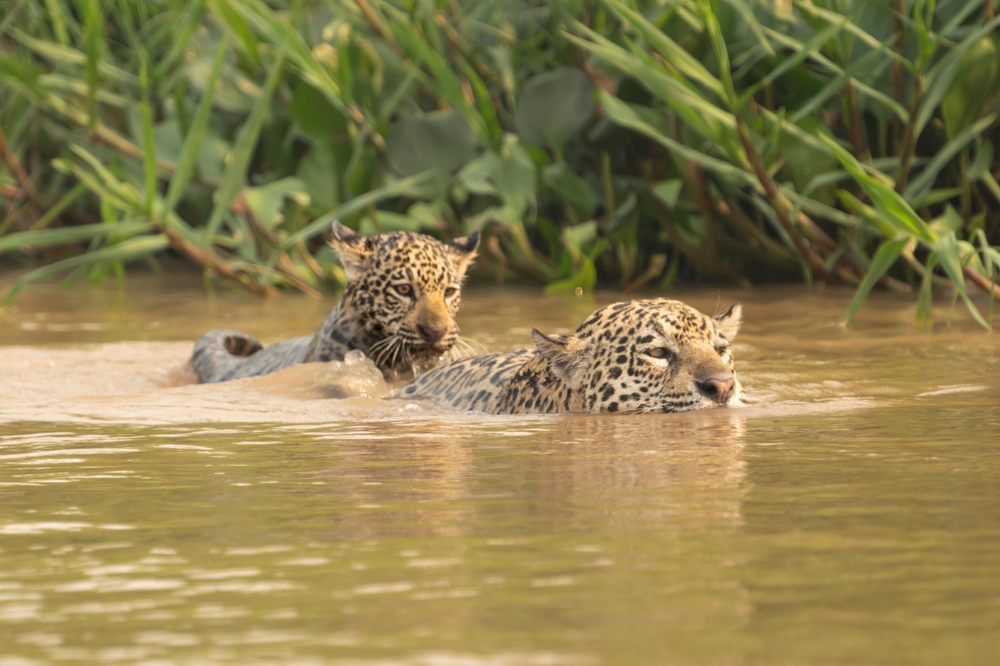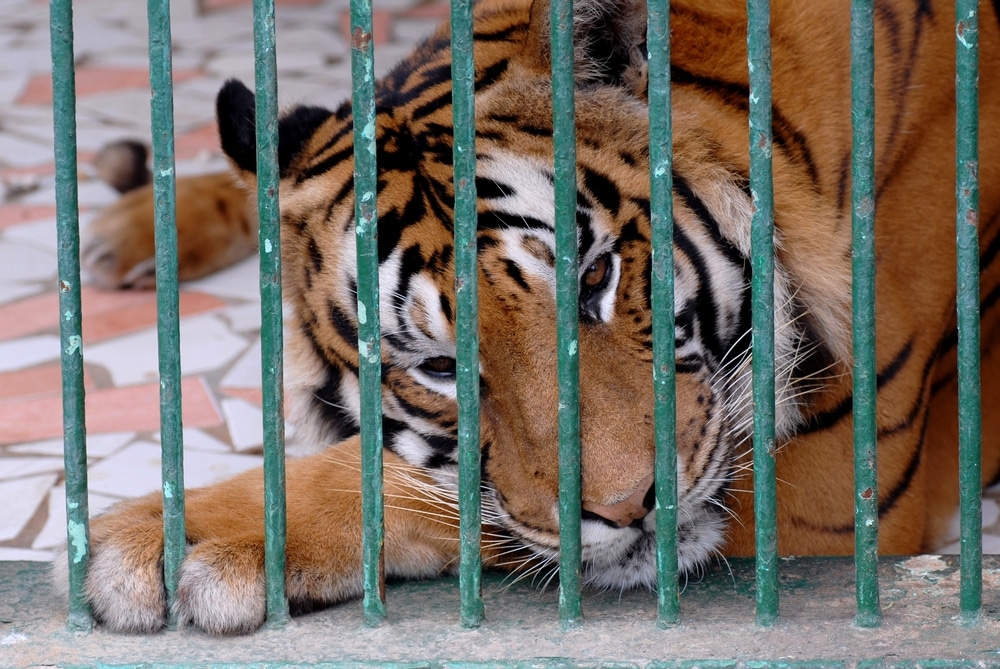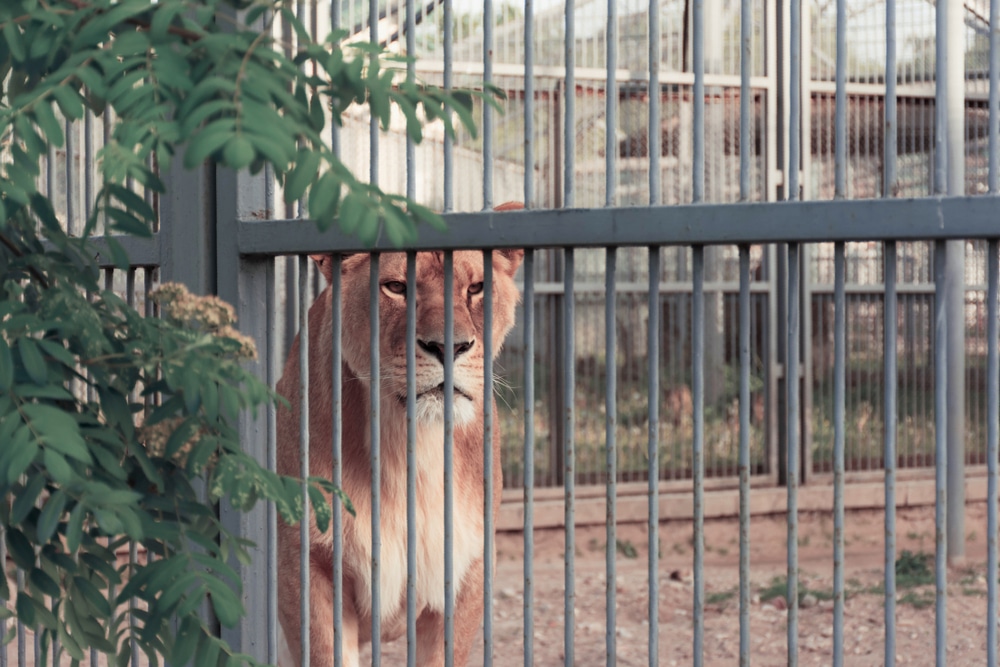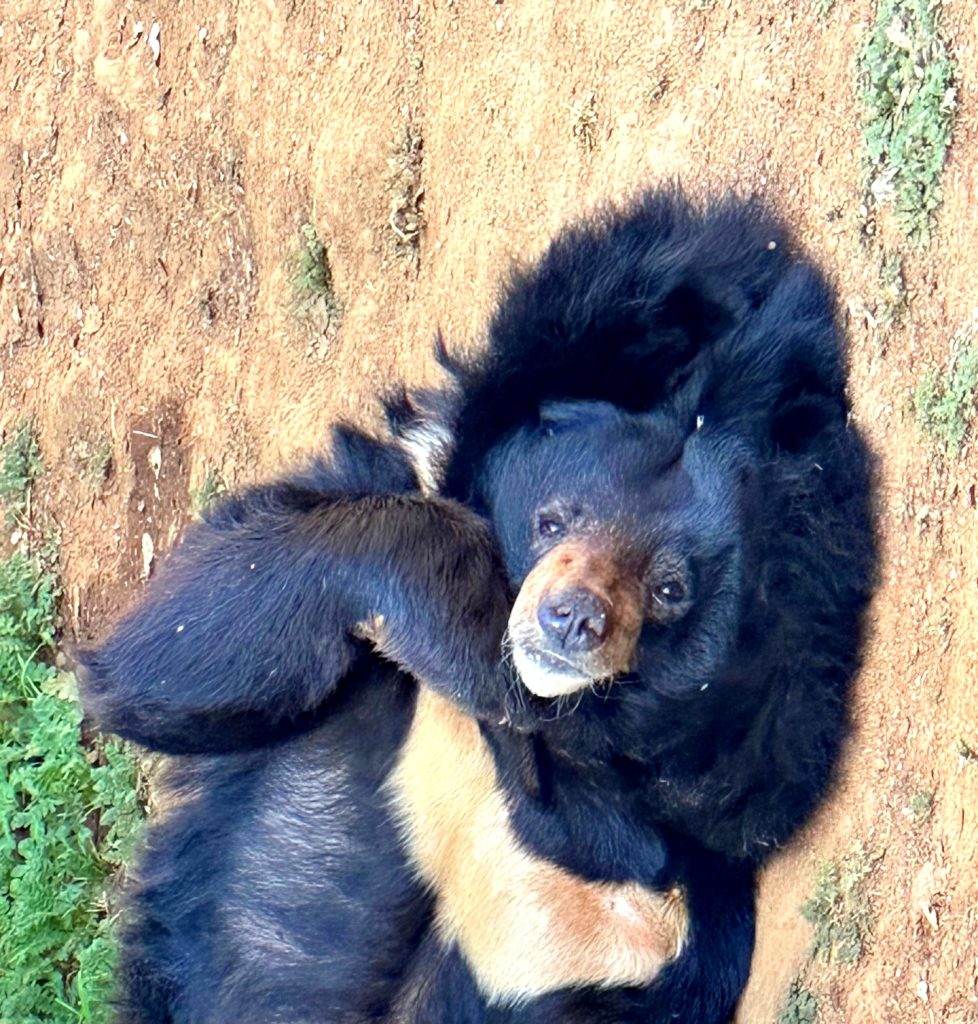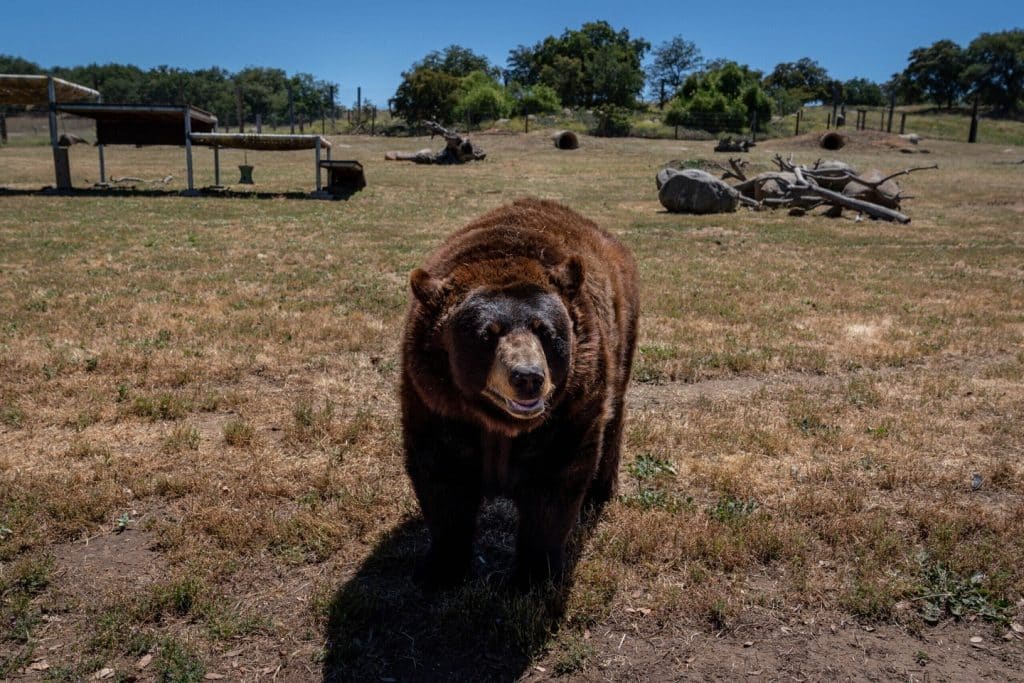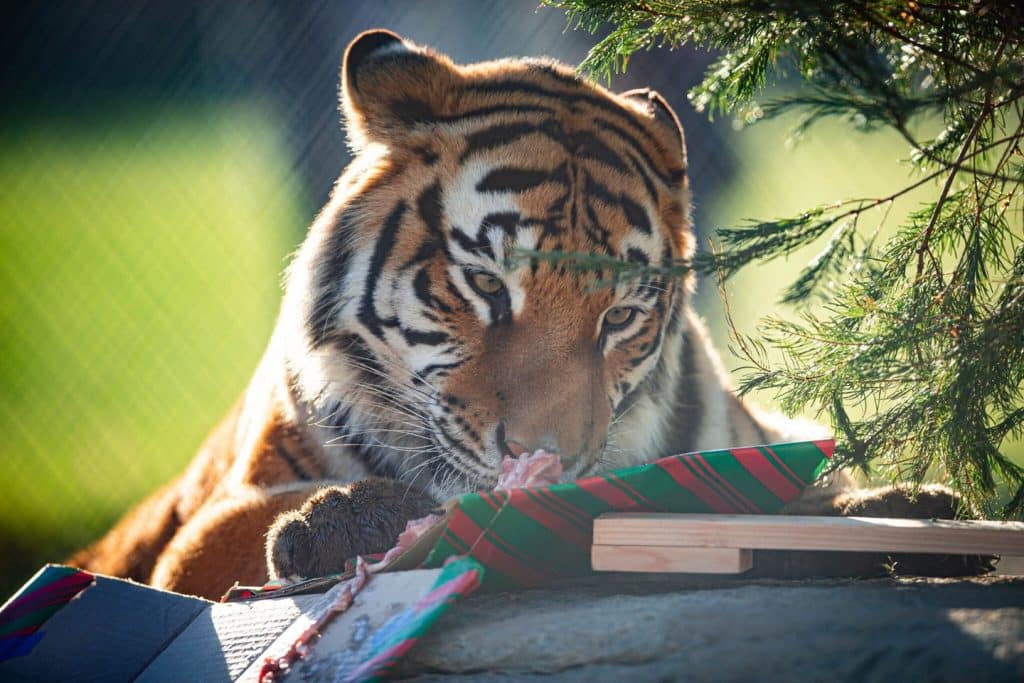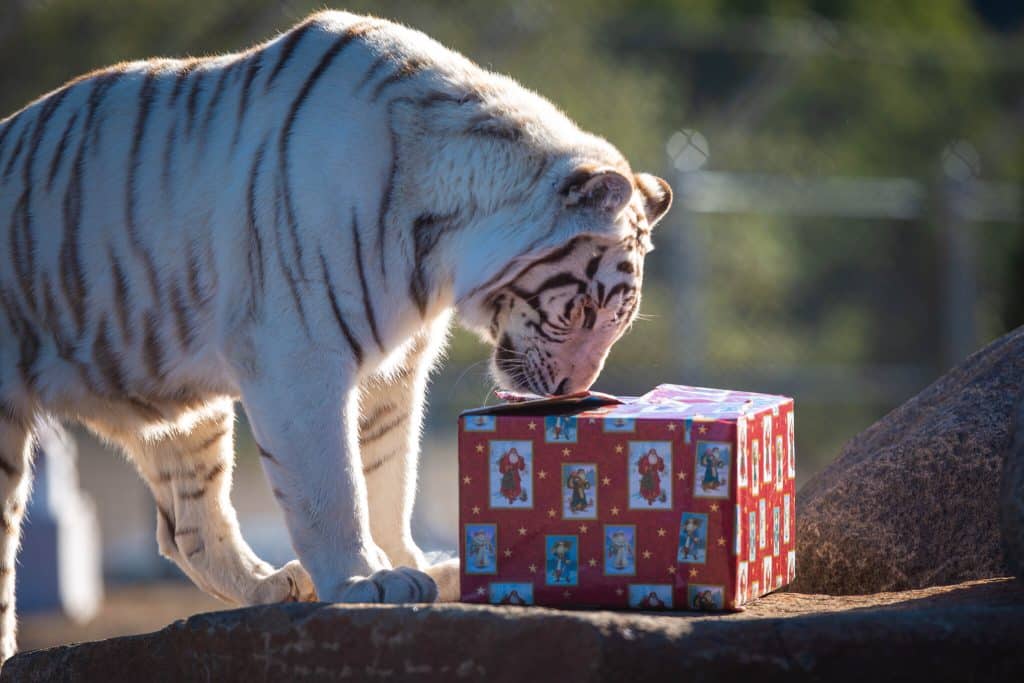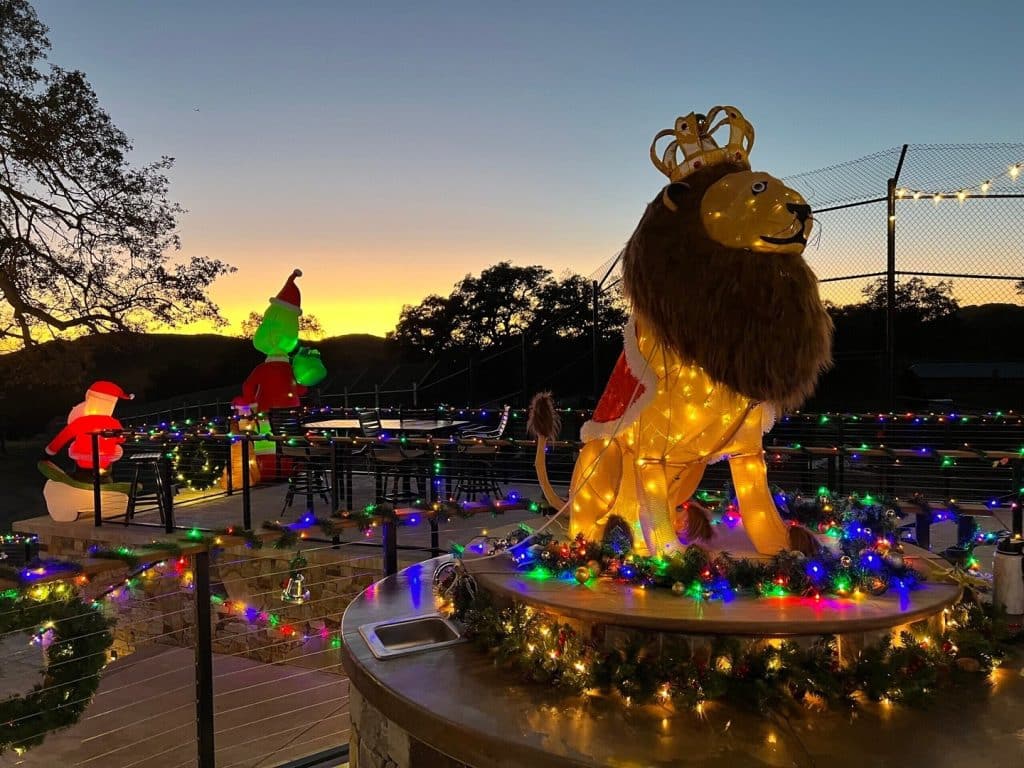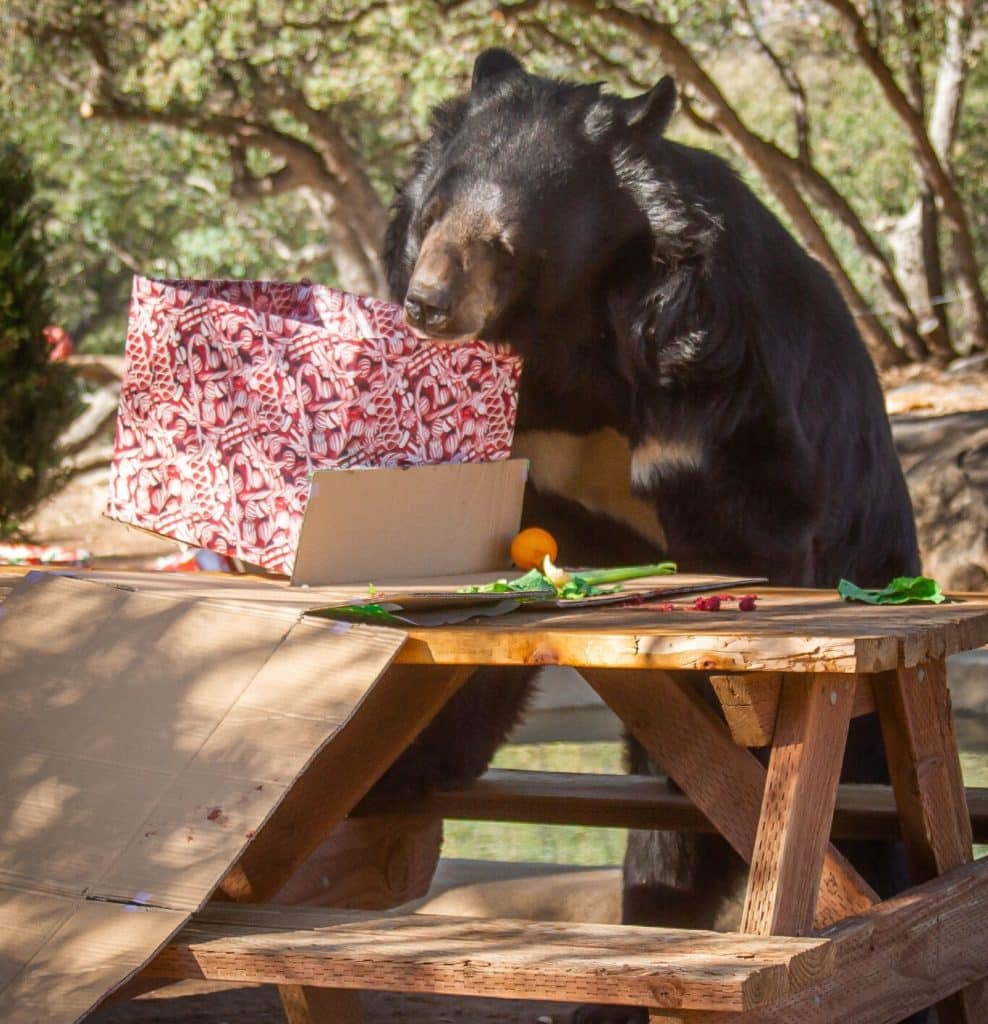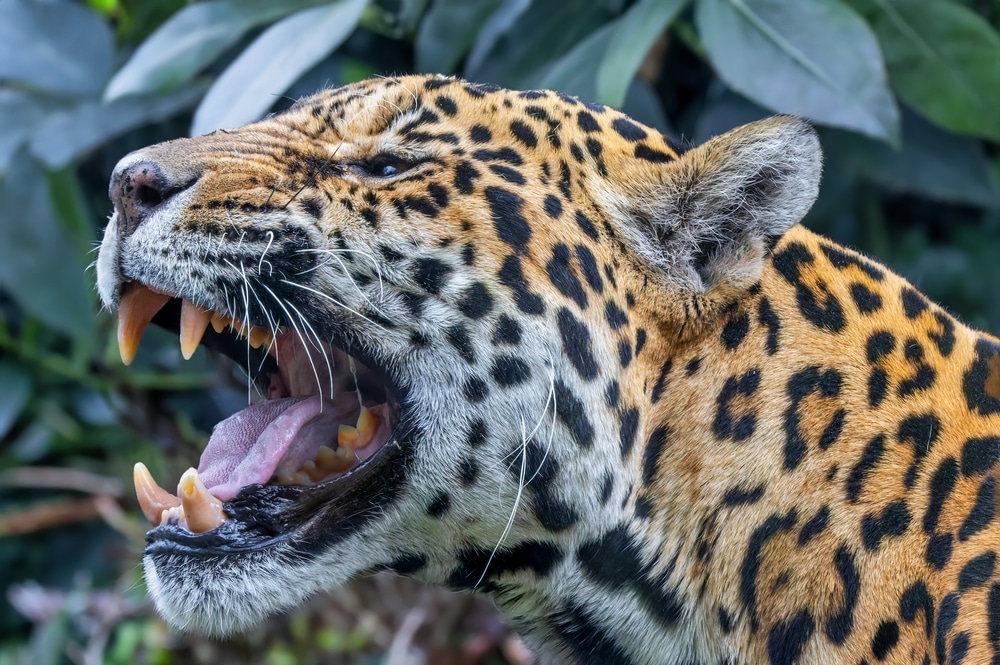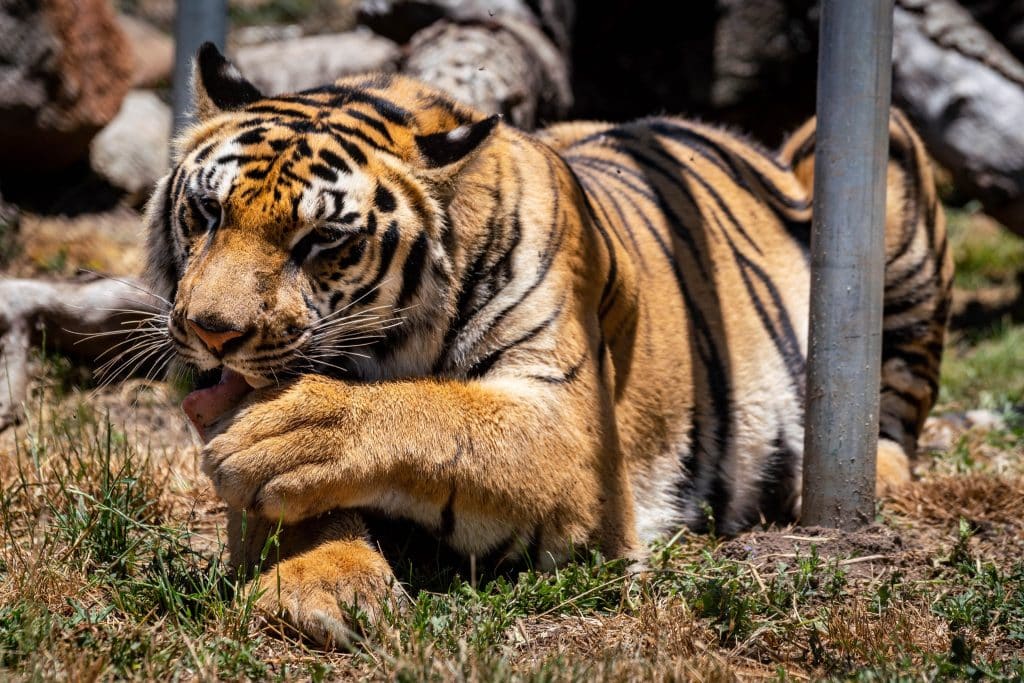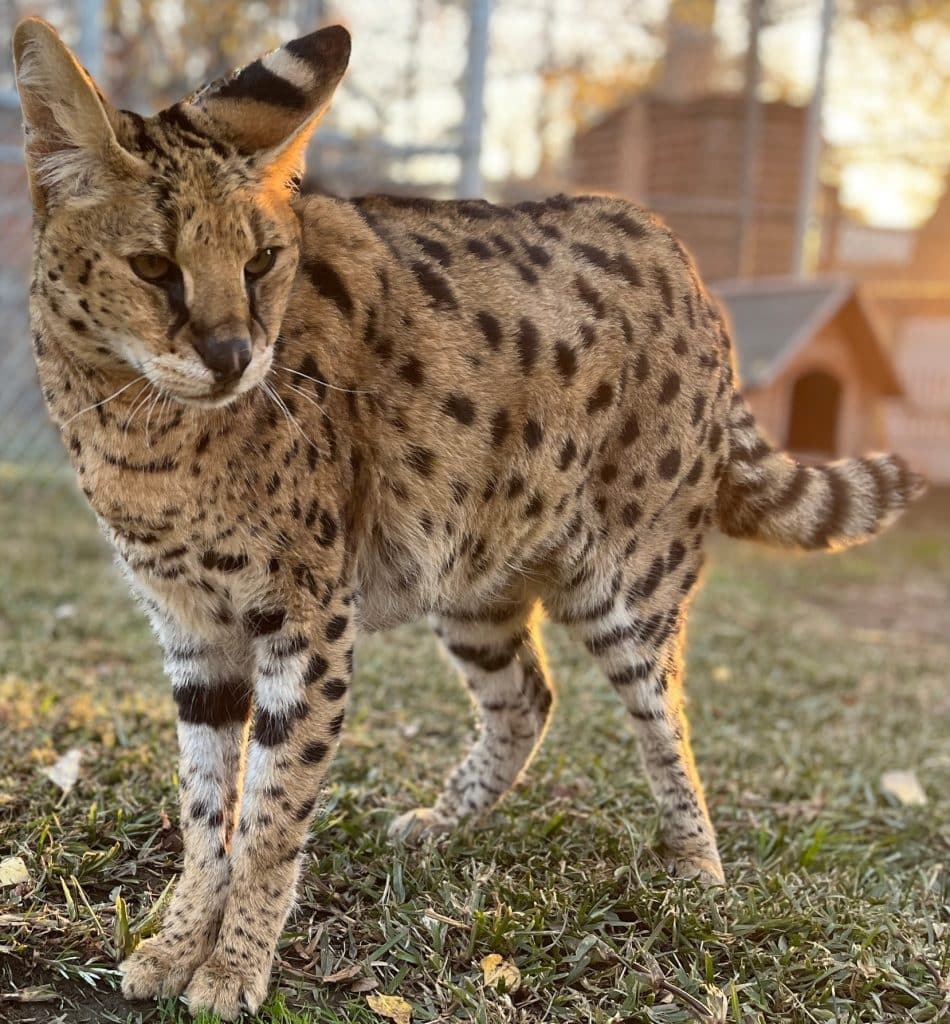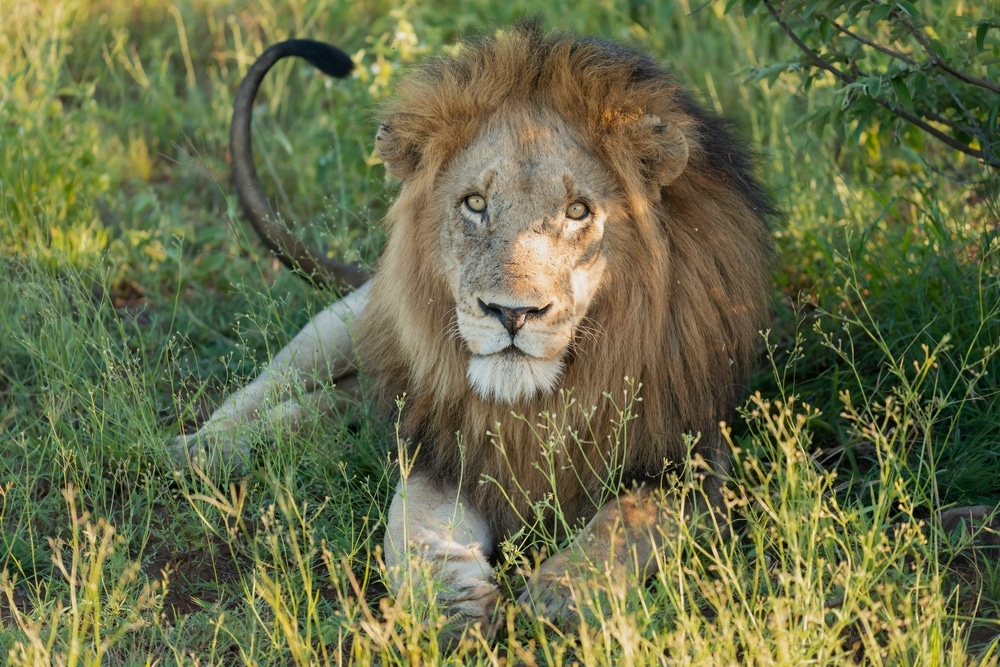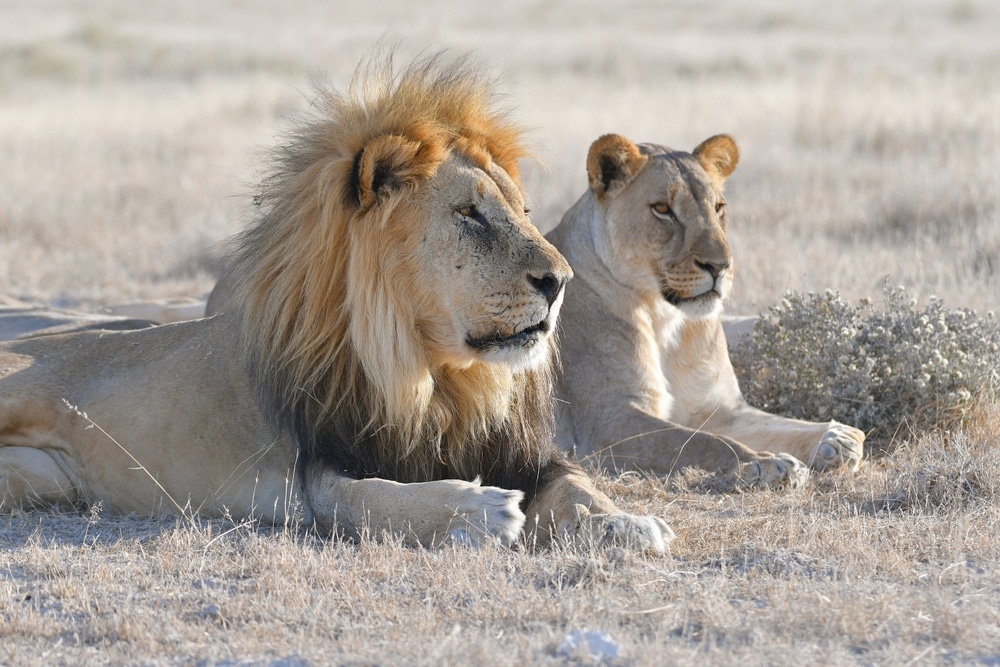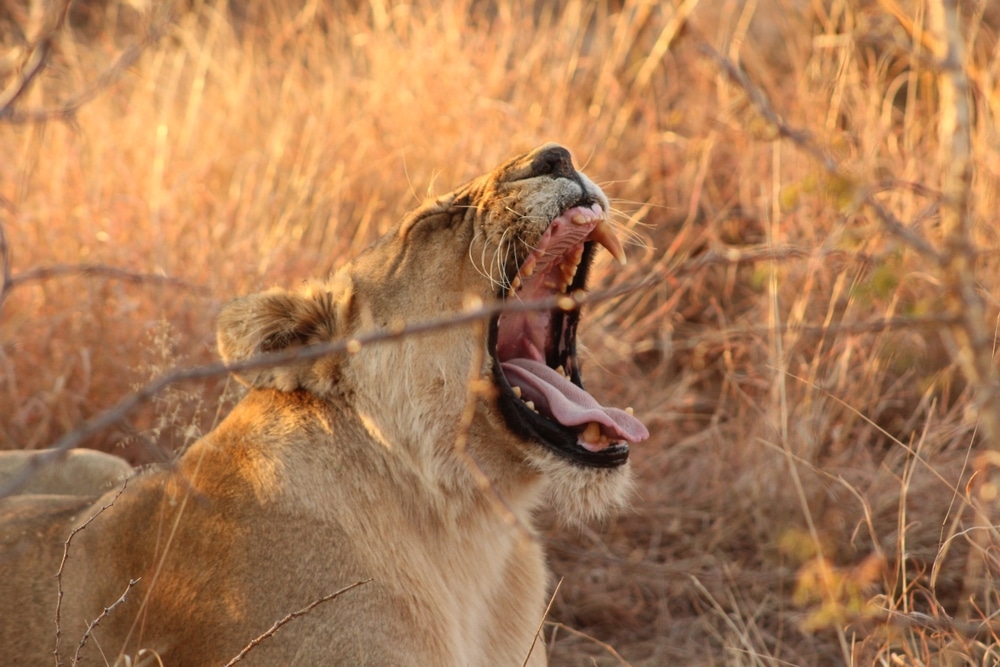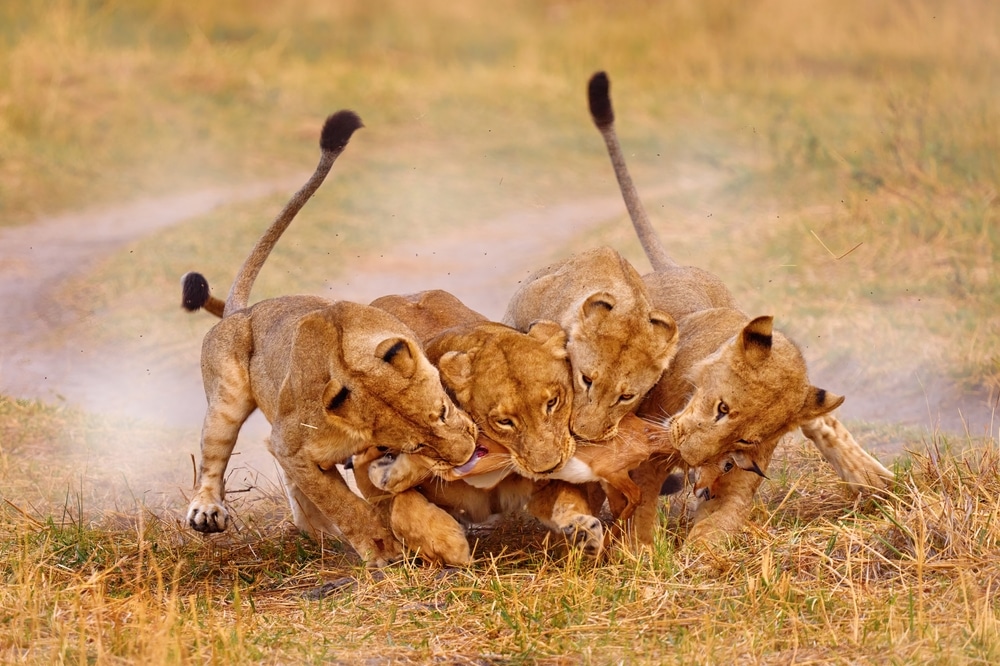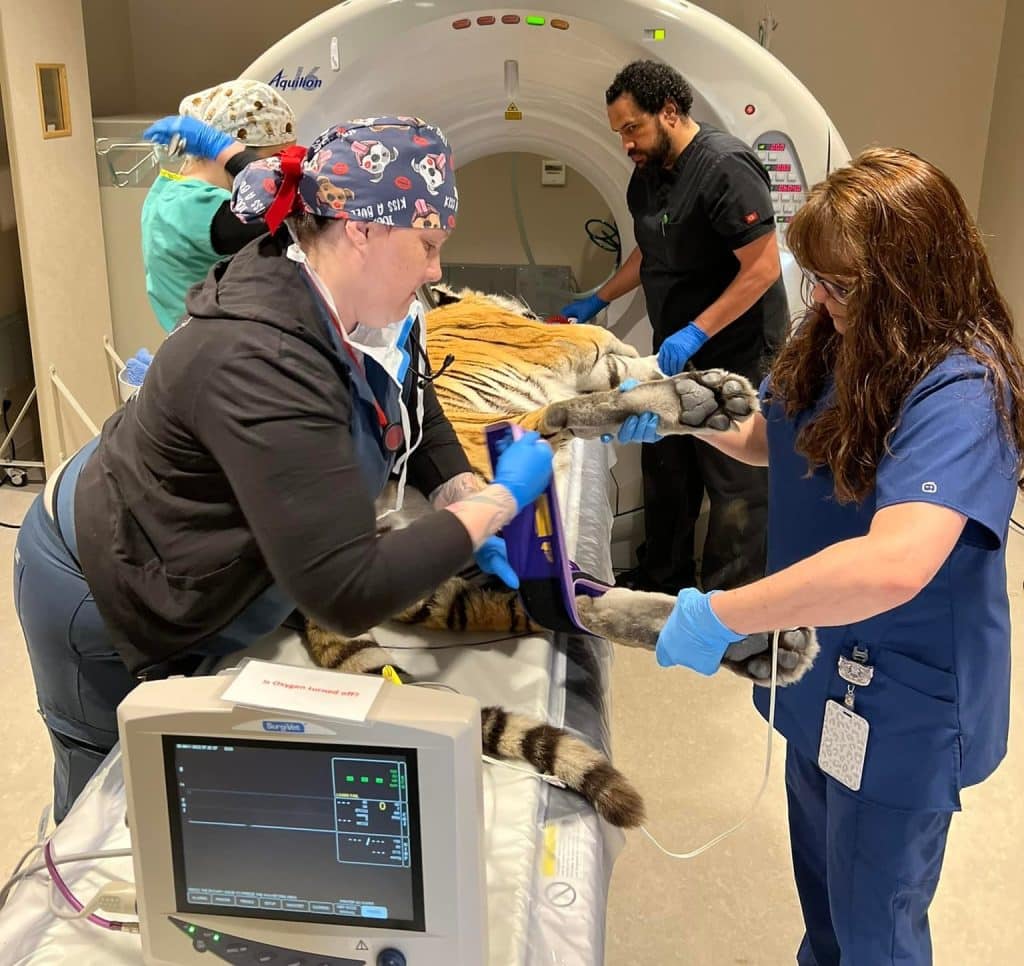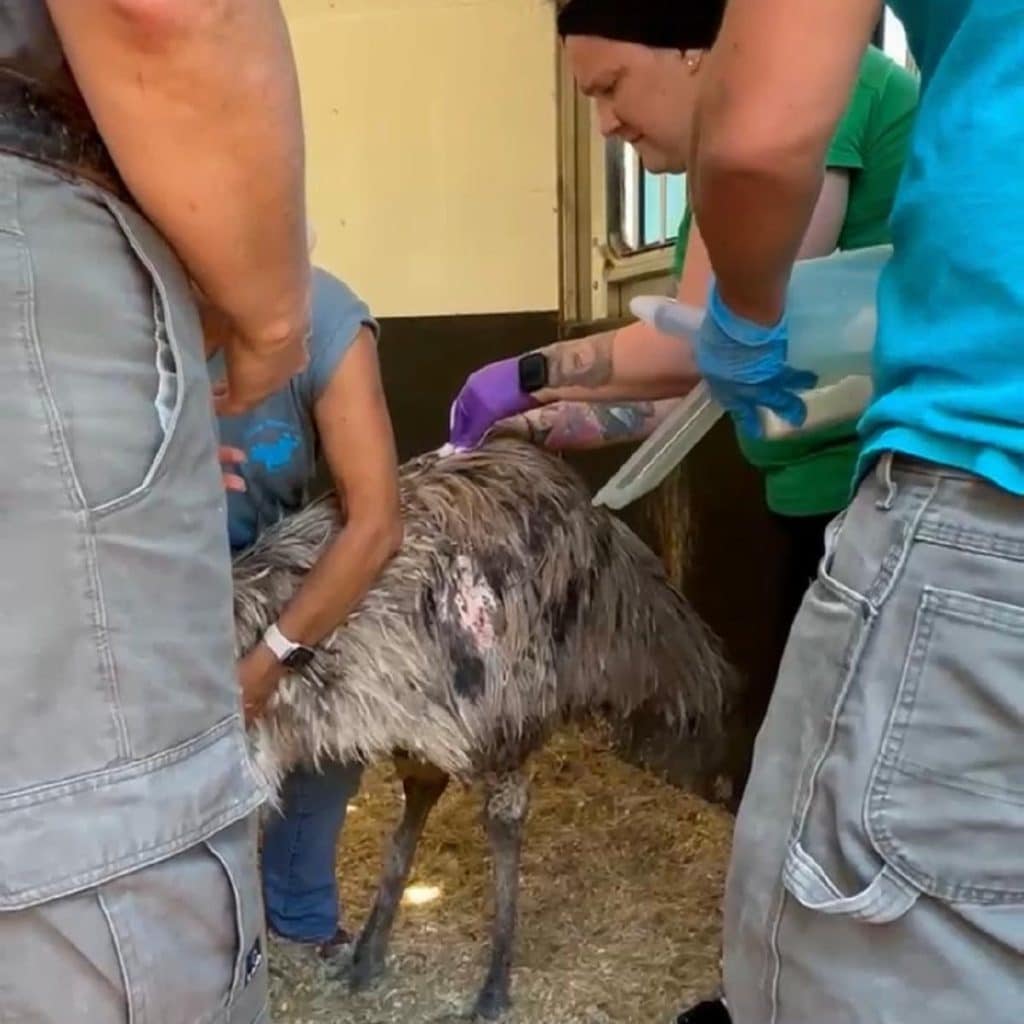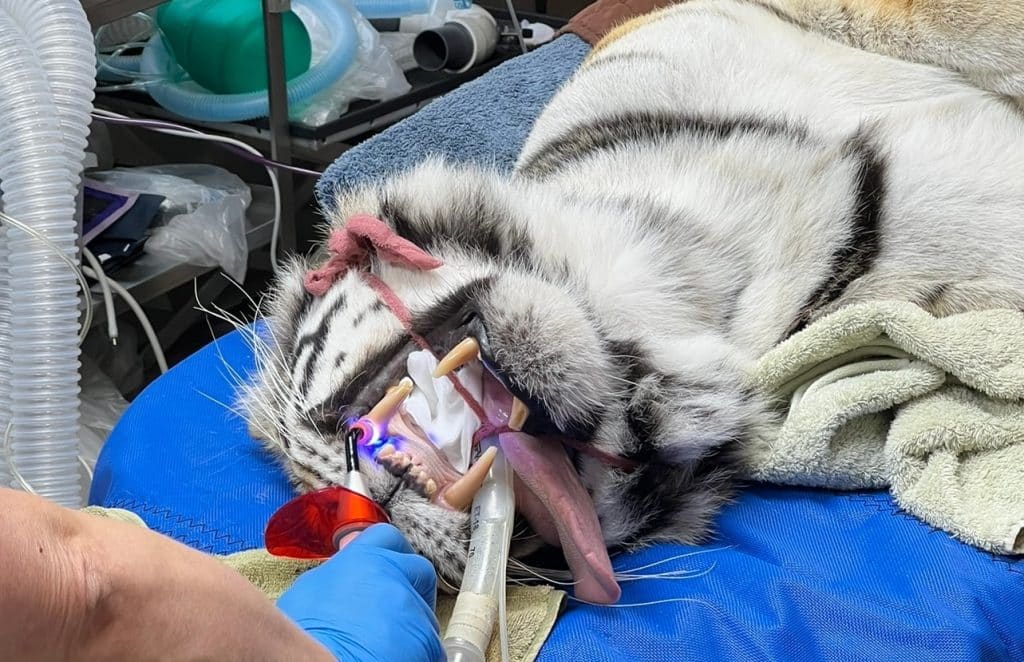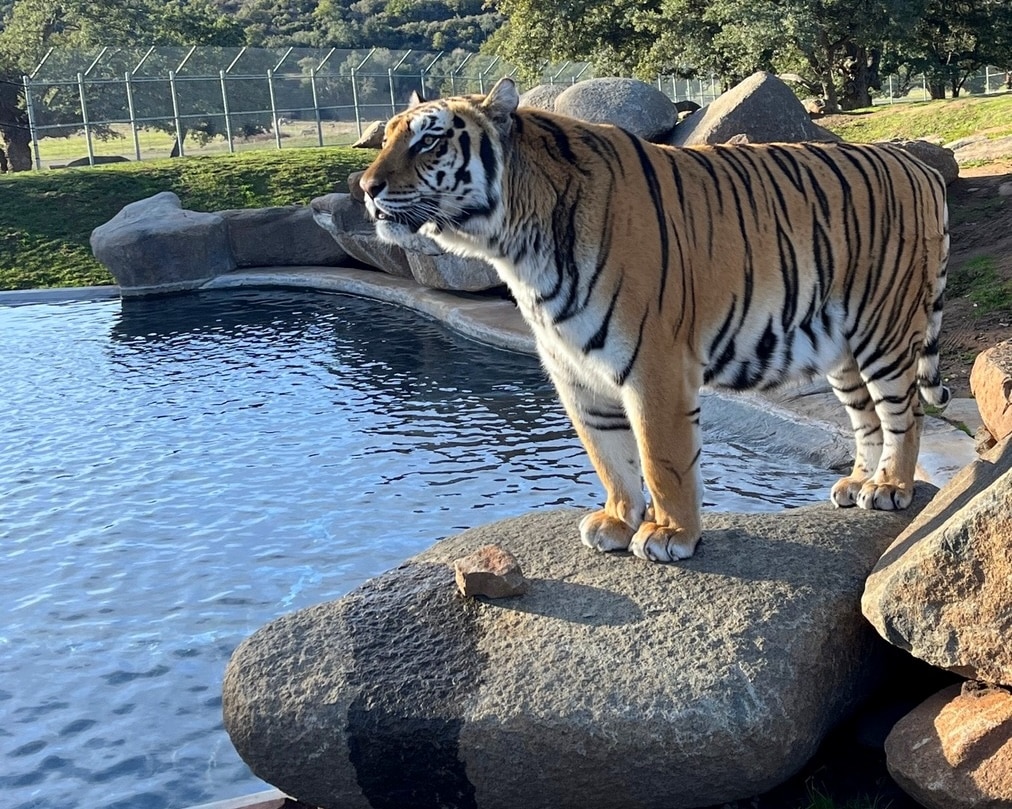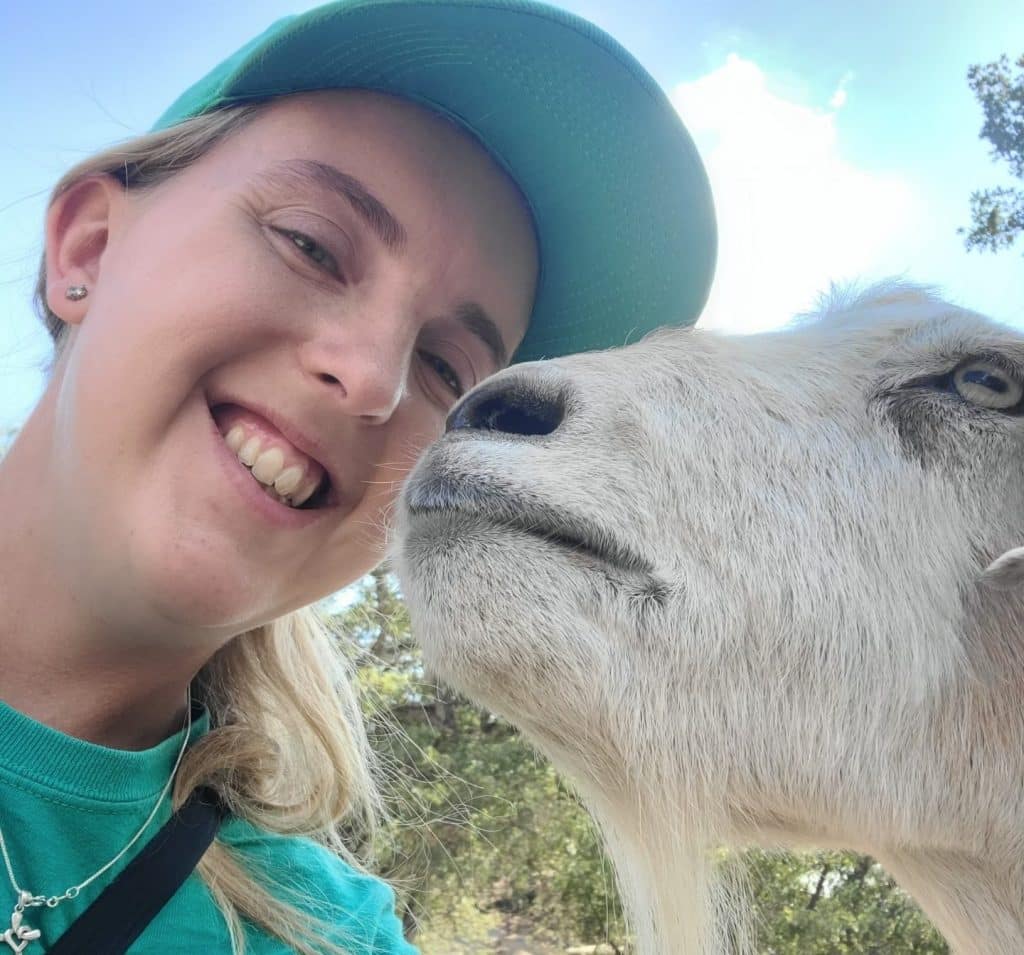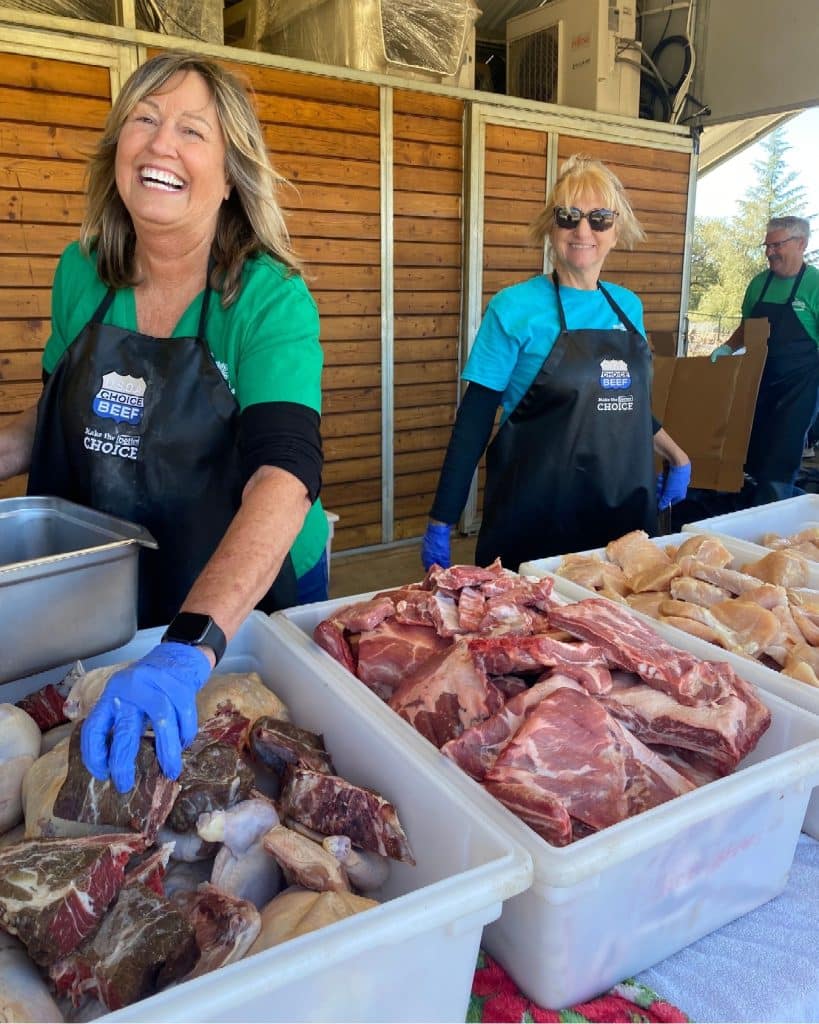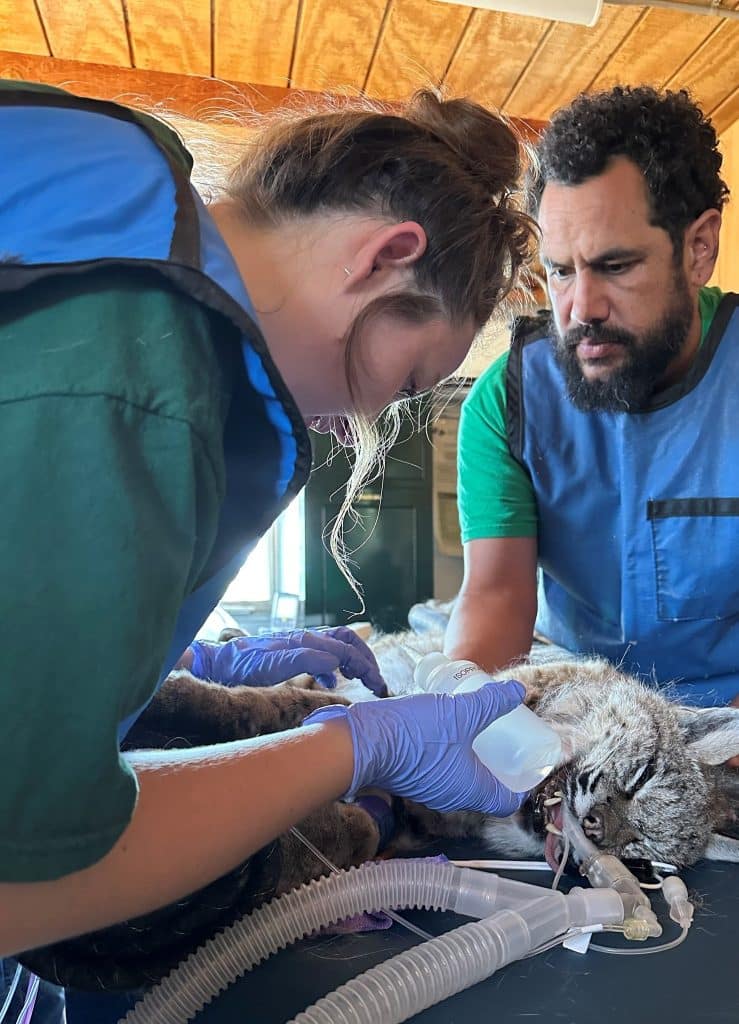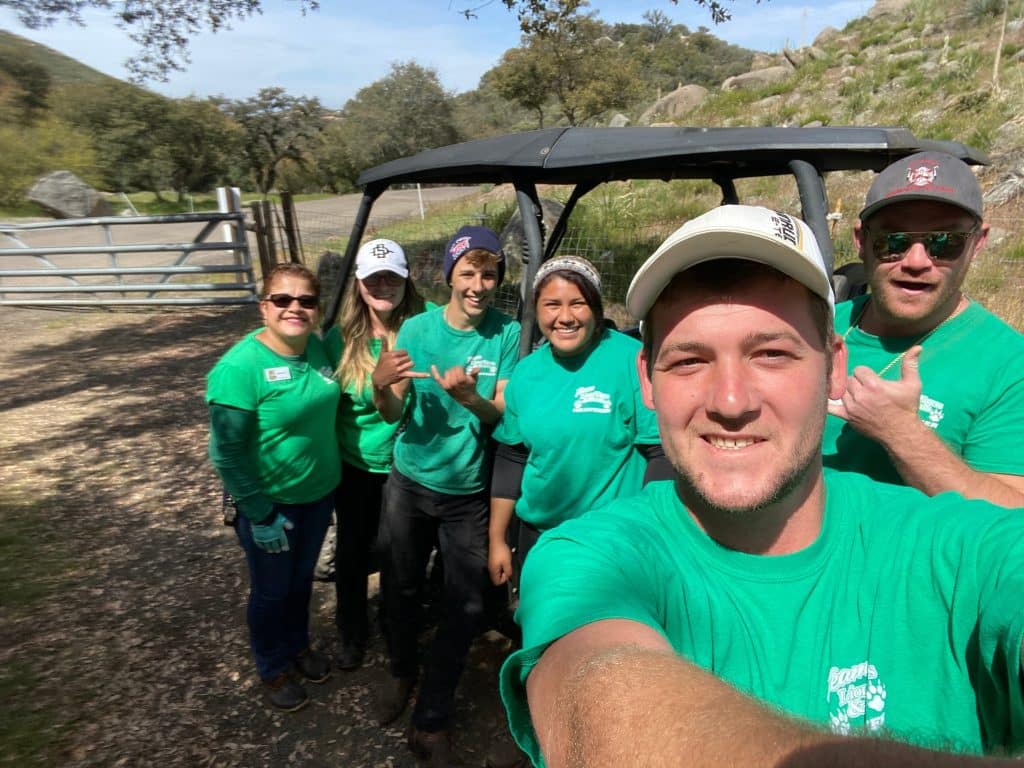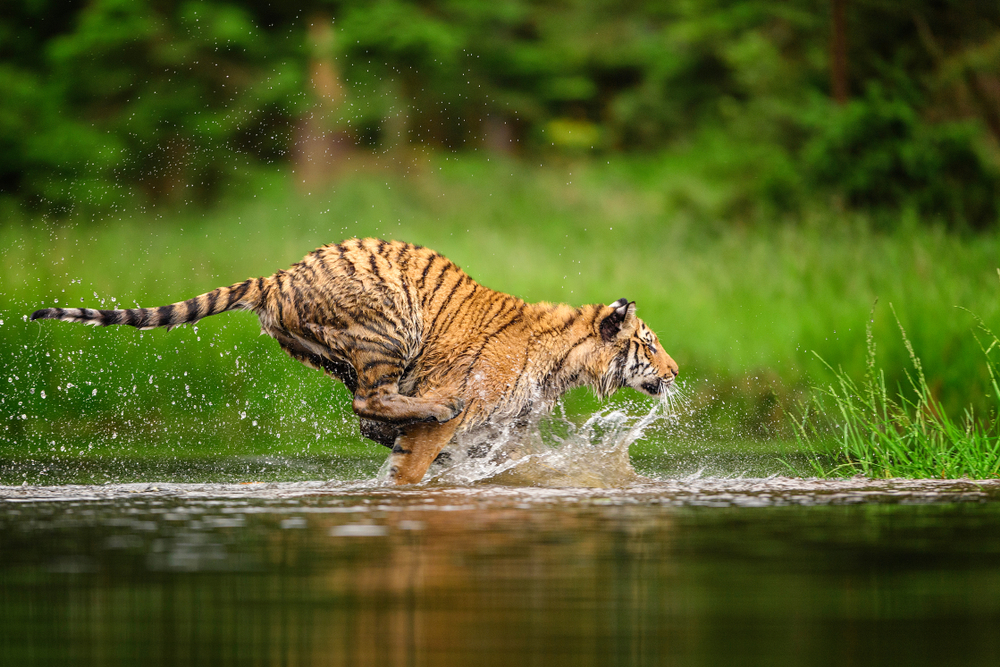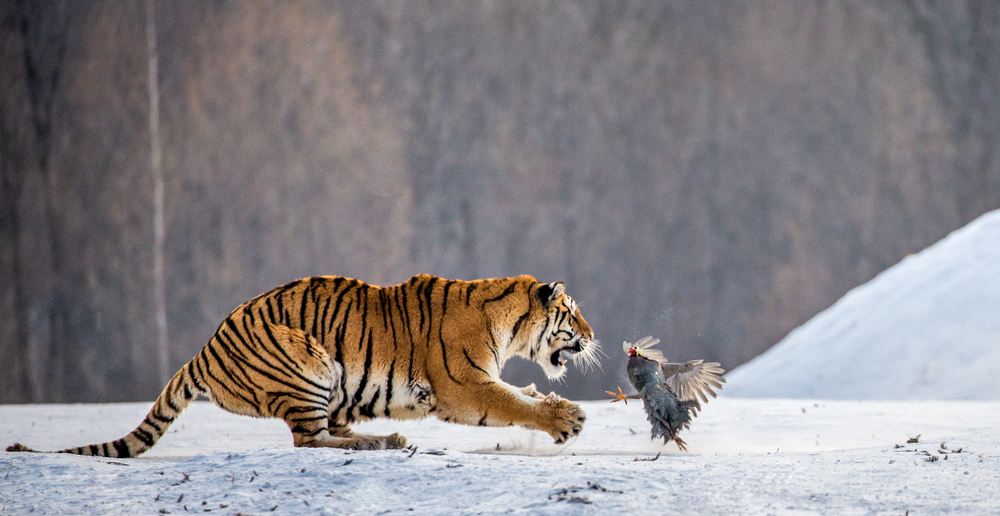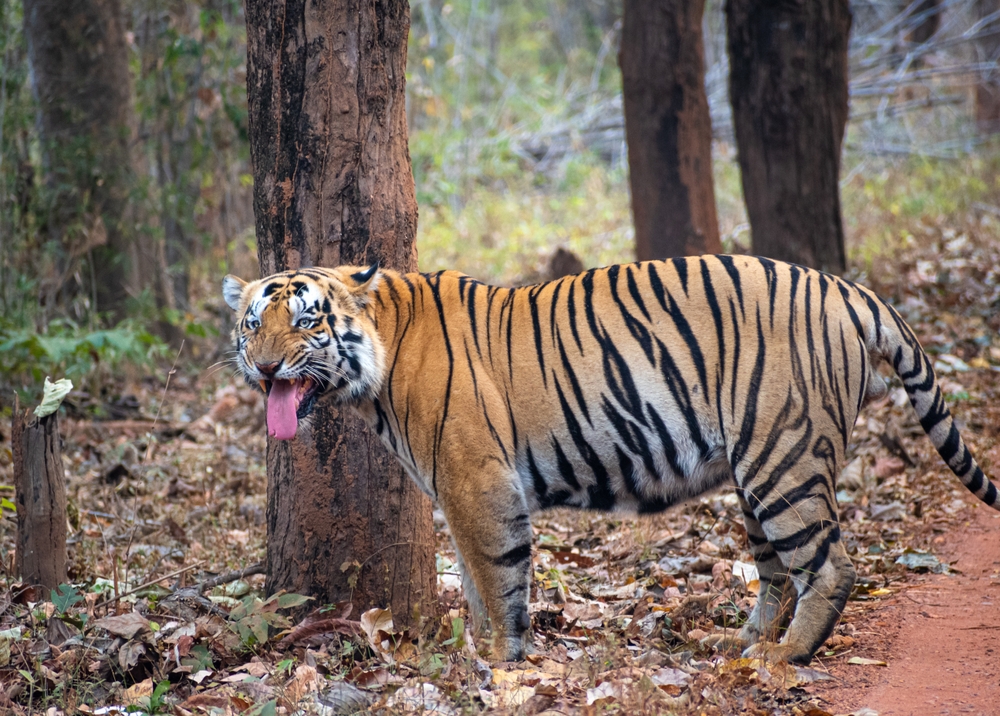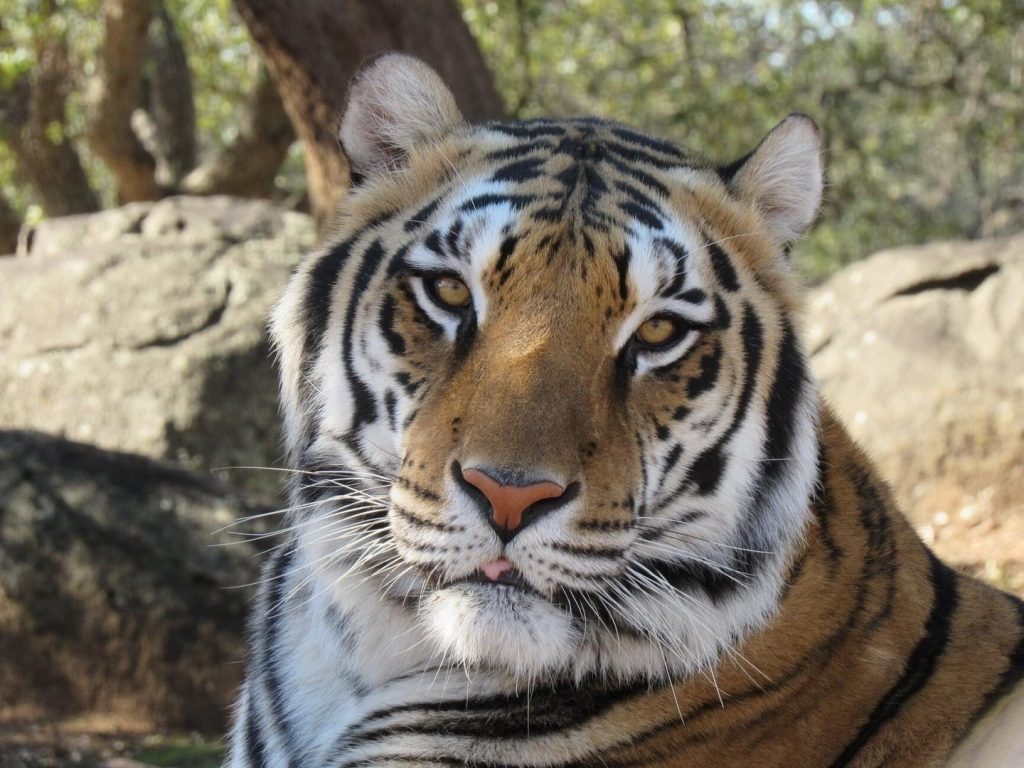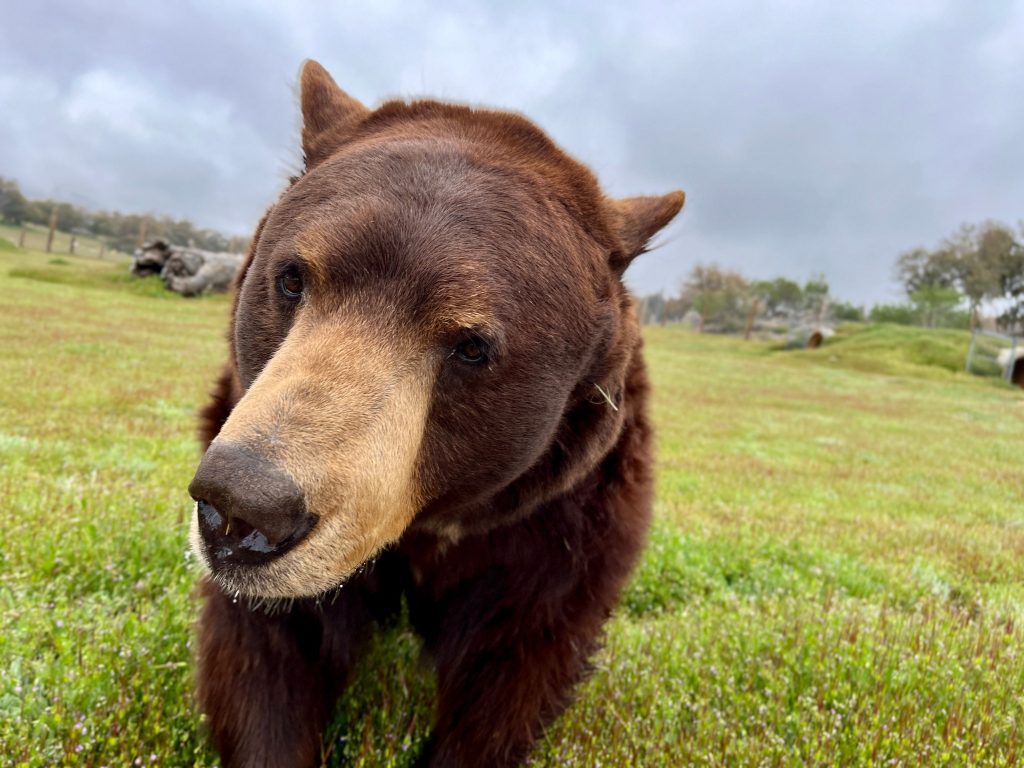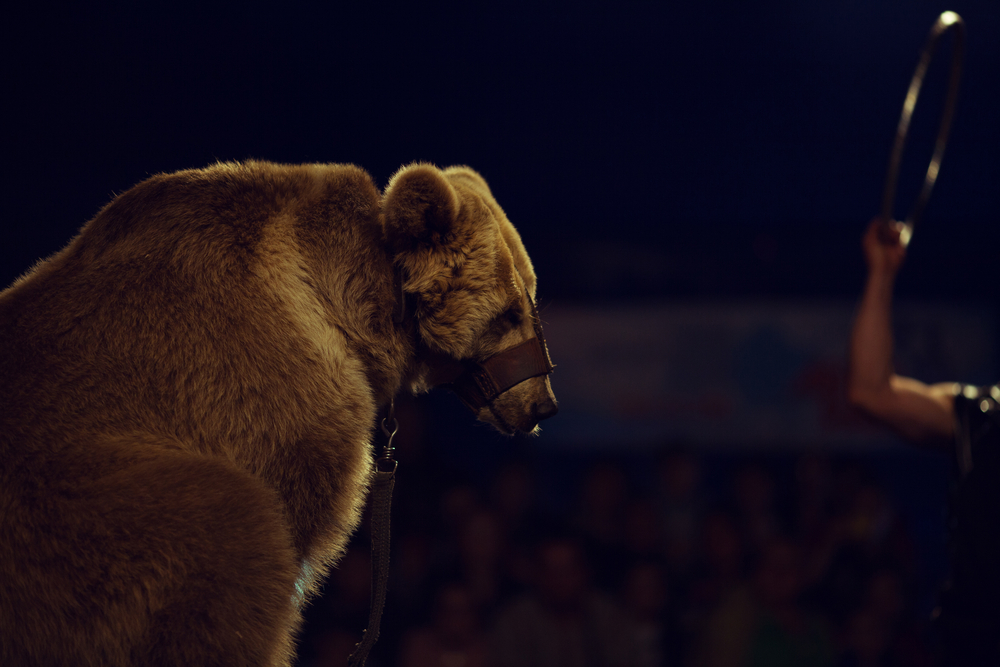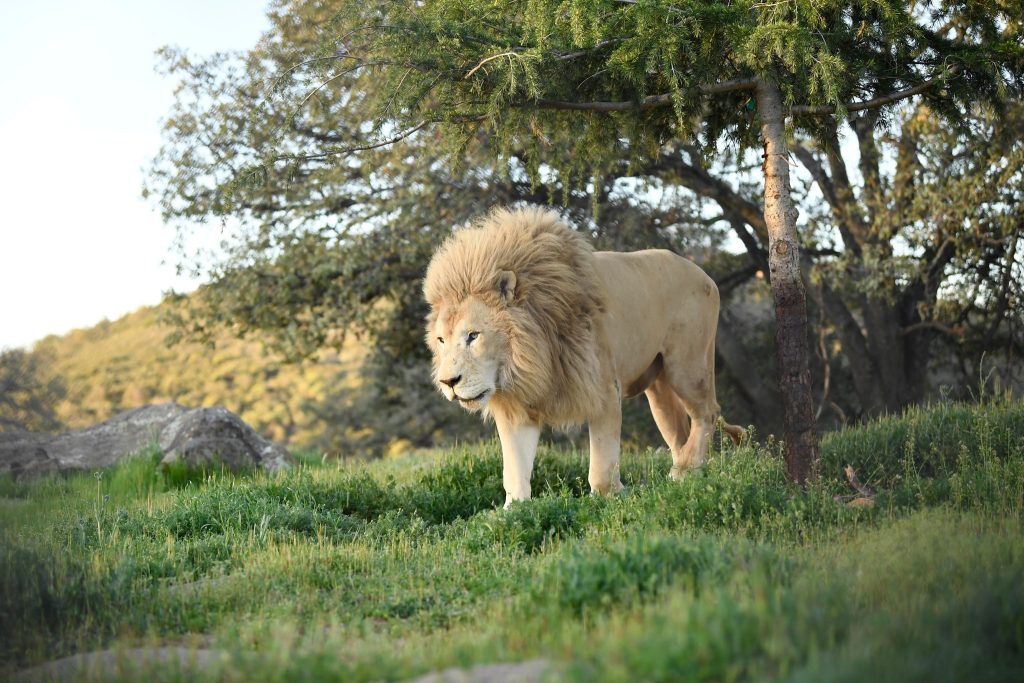How Exotic Animals Build Bonds: Social Behaviors in Captivity
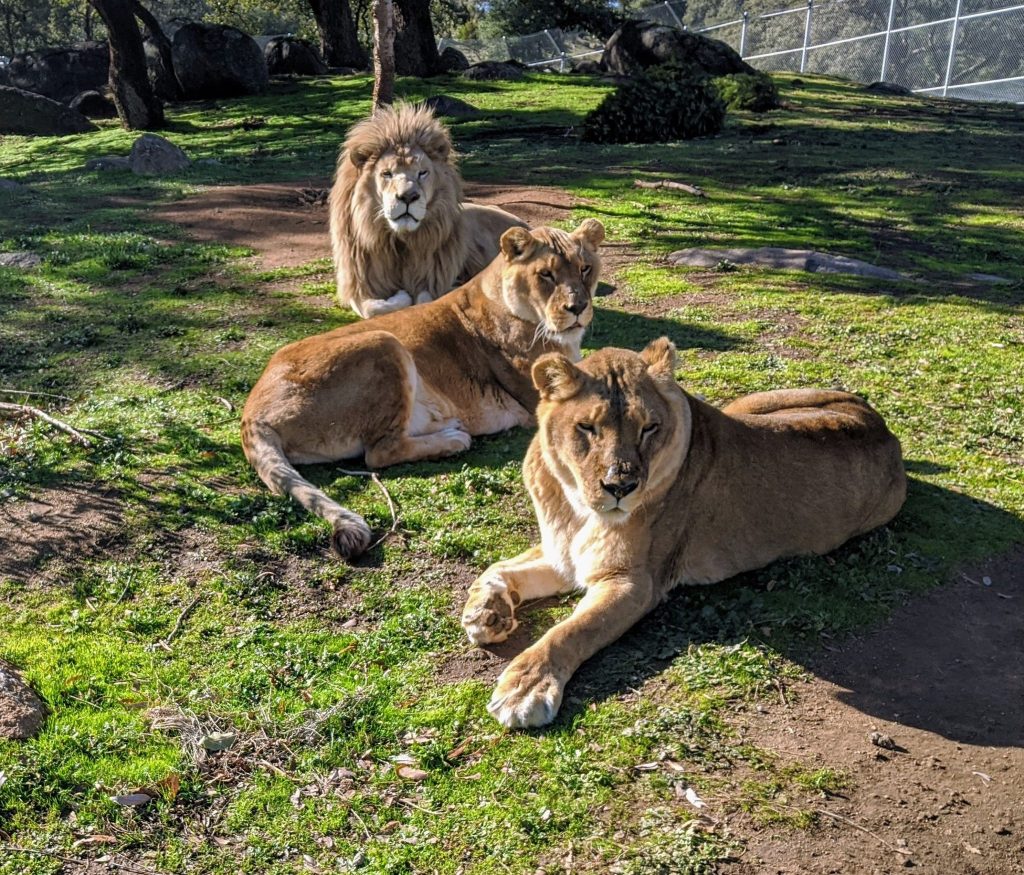
Wild animals have specific social structures that shape how they interact. Tigers live and hunt alone. Lions depend on their pride for survival. Bears avoid social interaction unless they are raising cubs or competing for food. These social behaviors are instinctive and have developed over generations for survival.
In captivity, everything changes. Space is limited, territories disappear, and food is guaranteed. The exotic animals no longer have to hunt, compete, or establish dominance like they would in the wild. This shift forces them to adapt. Some animals form unexpected bonds with others, even across species. Others struggle with stress or develop new social hierarchies.
Let’s explore the social behaviors of exotic animals in captivity and how accredited sanctuaries like Lions Tiger & Bears can help foster social bonds.
Lions and How They Build Bonds in Captivity
Lions are the most social of the big cats. In the wild, they thrive in their pride—big, social groups where they hunt together, protect each other, and even raise their cubs as a team. It’s in their DNA to be social, and that doesn’t just disappear when they’re rescued and placed in a sanctuary.
Even lions that have spent years in isolation—whether from roadside zoos, private owners, or illegal pet trades—still crave animal companionship. It might take them some time to adjust, but once they feel safe, they might naturally gravitate toward forming bonds with other lions.
A well-run accredited sanctuary provides these lions the space, structure, and emotional support for animals to tap into that social nature again. Depending on the animals, caretakers can introduce them slowly to potential companions, ensuring they have enough room to explore and observe each other without feeling threatened. Over time, you may catch lions grooming each other, playing like overgrown kittens, and even snuggling up for naps in a big, furry pile—just like they would in their natural habitats.
Tigers and How They Build Bonds in Captivity
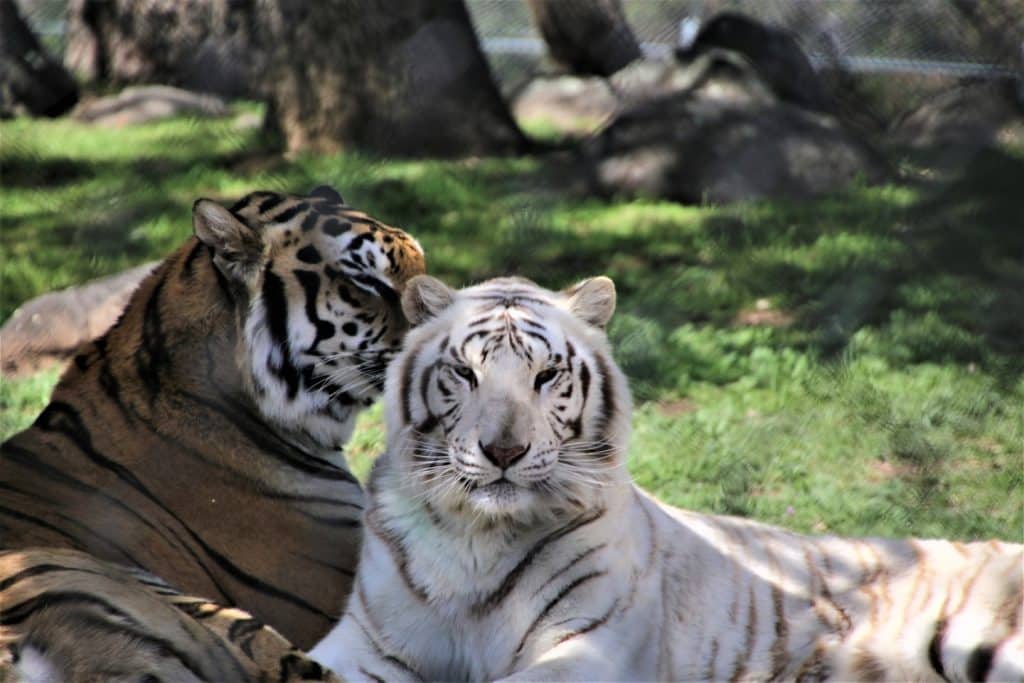
Tigers are typically lone rangers in the wild, staking out large territories and avoiding each other unless it’s time to mate. So you’d think they’d stay solitary in captivity, too. Interestingly, that’s not always the case—especially for tigers raised in human-controlled environments.
When they arrive at a sanctuary, some tigers remain aloof, preferring a large enclosure to themselves. But others surprise everyone by developing strong tiger bonds, or, on rare occasions, even lions or other big cats. It’s all about the individual tiger’s past and personality. They can adapt to a more social lifestyle if they’ve never had to defend territory and instead associate other animals with companionship rather than competition.
Caretakers typically respect the tiger’s boundaries, letting them set the pace. If a tiger shows curiosity about another tiger or big cat, the staff might arrange safe, controlled introductions—often in adjoining enclosures at first, so they can see, smell, and communicate without feeling threatened. Over time, you’ll notice friendly behaviors like parallel pacing along the fence line, calm vocalizations (little chuffs, in the case of tigers), and eventually shared space, grooming, or playful interactions – key signs of animal bonding in captivity.
Bears and How They Build Bonds in Captivity
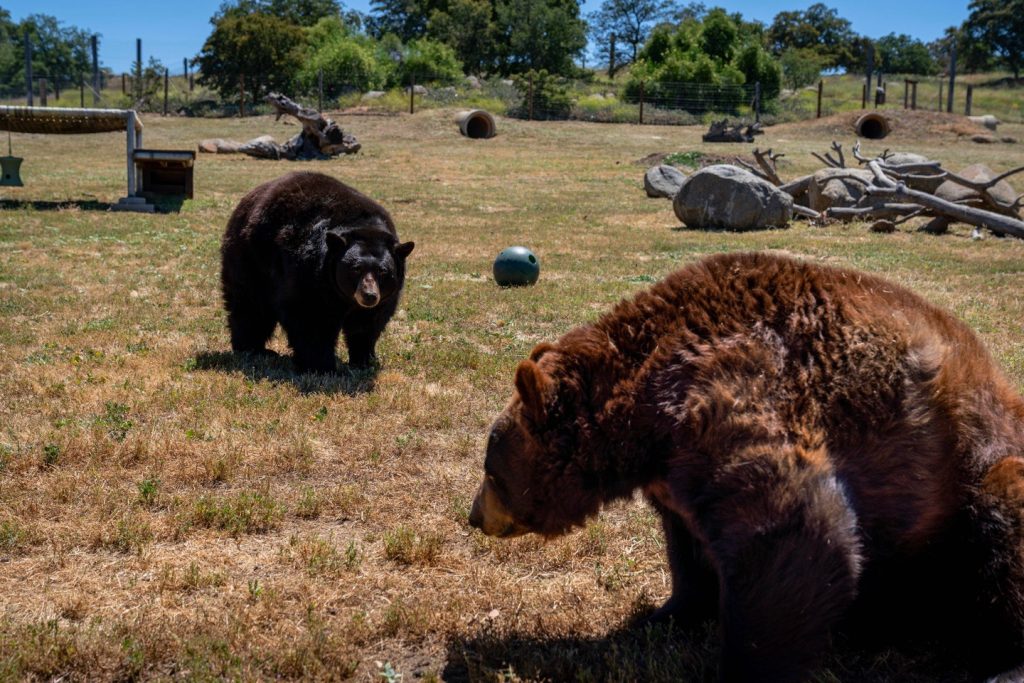
Bears have a reputation for being solitary, and in the wild, that’s mostly true—except for mothers raising cubs or when they come together to feast in salmon-rich rivers. However, bears can show an unexpected social side once in a wildlife sanctuary.
Many rescued bears come from heartbreaking backgrounds—roadside zoos, abusive living conditions, or even illegal pet trades—where they’ve never had a chance to interact with other bears on their terms. When they arrive at a sanctuary with adequate space, enrichment activities, and proper exotic animal care, they often relax and reveal behaviors we seldom see in the wild.
Bears might wrestle playfully, swim side by side, or curl up in a shared den area for naps—signs of a bond developing. Caretakers introduce them gradually, ensuring each bear feels safe and isn’t forced into contact. Over time, these rescued animal interactions can evolve into genuine companionship, where bears genuinely enjoy each other’s company, offering a sense of security and emotional bonds in wildlife they didn’t have before.
Other Exotic Animals
Other exotic animals, such as leopards, cheetahs, hyenas, birds, and even reptiles, forge connections in sanctuaries. For instance, some smaller wild cats, like servals or caracals, can become inseparable if they’re introduced at a young age or share a similar background. Primates, like chimpanzees or lemurs, often thrive in social groups, grooming each other and developing complex hierarchies that resemble their wild counterparts. Even certain reptiles, although generally solitary, can coexist peacefully when given ample space and the right conditions.
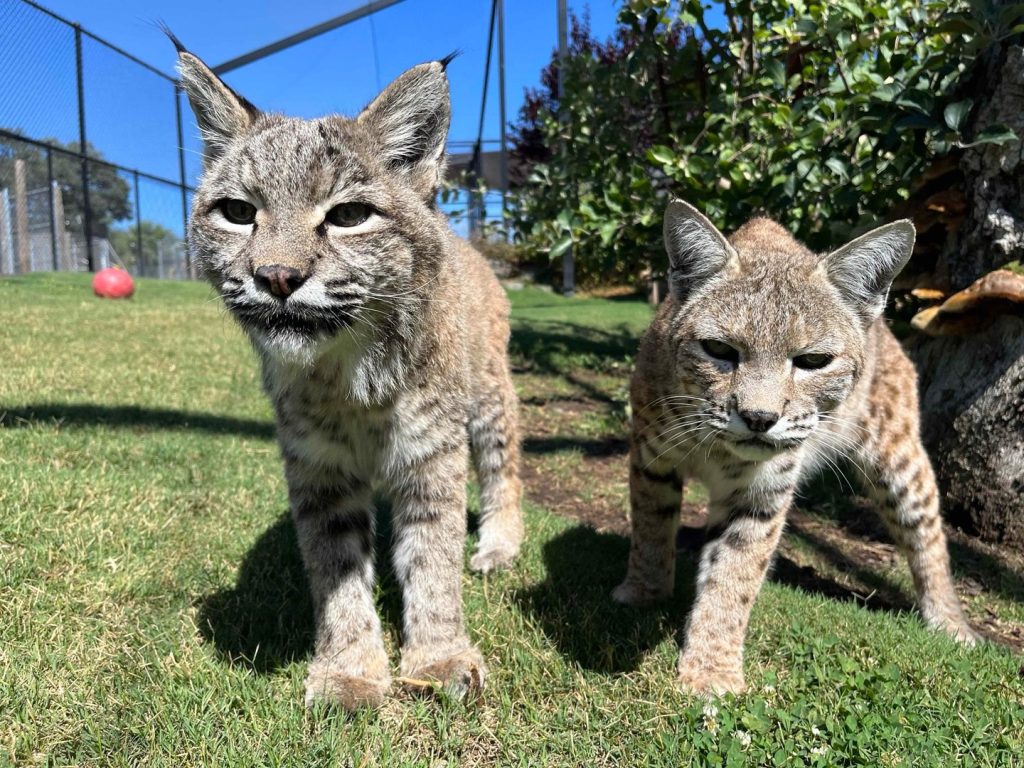
The key to these successful bonds—no matter the species—usually comes down to three things:
- Adequate Space: Enough room for animals to retreat or interact as they choose.
- Gradual Introductions: Careful, step-by-step processes that let the animals get used to each other without feeling threatened.
- Respect for Individual Needs: Not all animals want or need companionship. accredited Sanctuaries let them decide how social they want to be rather than forcing them together.
And this is what we do at Lions Tigers & Bears – facilitating sanctuary animal relationships.
We provide expansive, naturalistic enclosures that allow rescued animals to interact or stay independent, depending on their comfort level. Enrichment activities encourage natural behaviors and provide mental stimulation. Our caretakers observe each animal’s personality and needs, ensuring that those who want companionship can form meaningful bonds while others have the required space.
For many of these animals, sanctuary life is the first place they’ve felt safe enough to explore social connections. It’s also the first time they've been able to make choices about how they live. However, ensuring that every rescued animal receives the highest quality of care requires resources—food, medical treatment, enrichment, and dedicated caretakers who make it all possible.
This is why Lions Tigers & Bears rely on the support of people like you. Your donations, sponsorships, and advocacy help us continue providing these animals with the safe, nurturing environment they deserve. Every contribution makes a difference—whether it’s helping endangered animals heal from past trauma, providing nutritious meals, or expanding enclosures so they have more space to roam.
Help Us Give These Animals a Second Chance
Jon us in our mission to provide a safe and loving home for rescued exotic animals. Visit Lions Tigers & Bears to donate, learn more, and participate in this life-changing work today.
